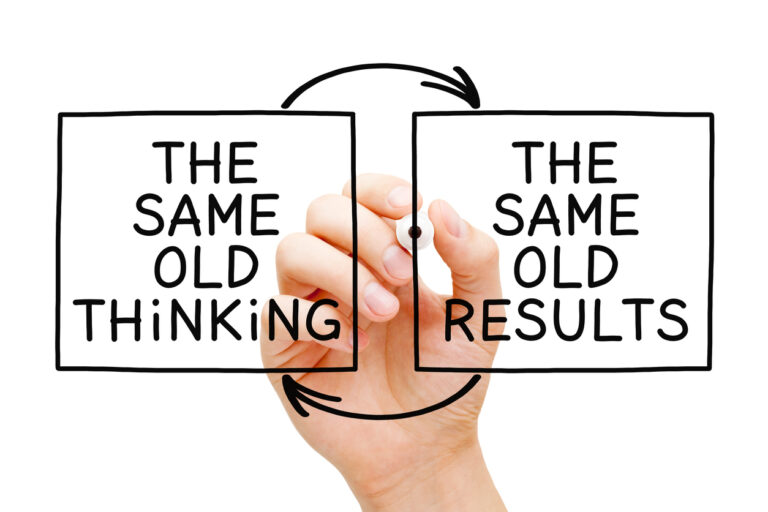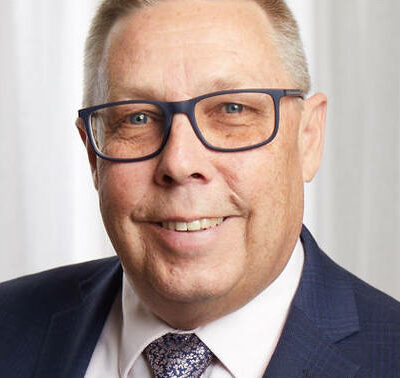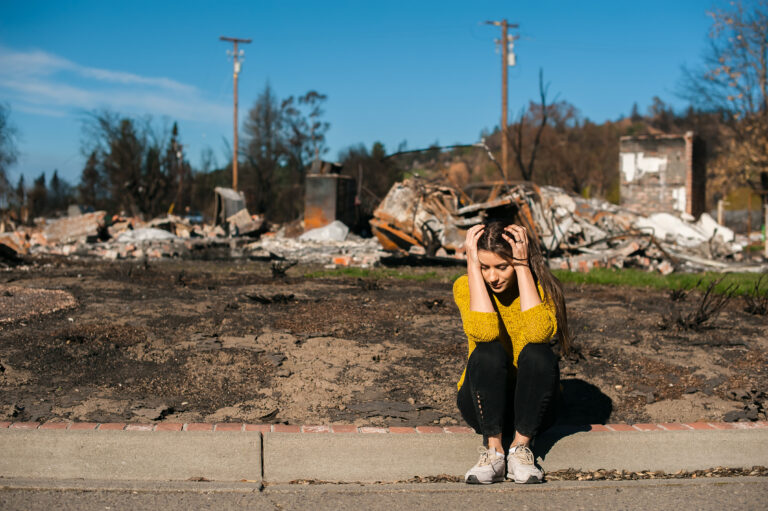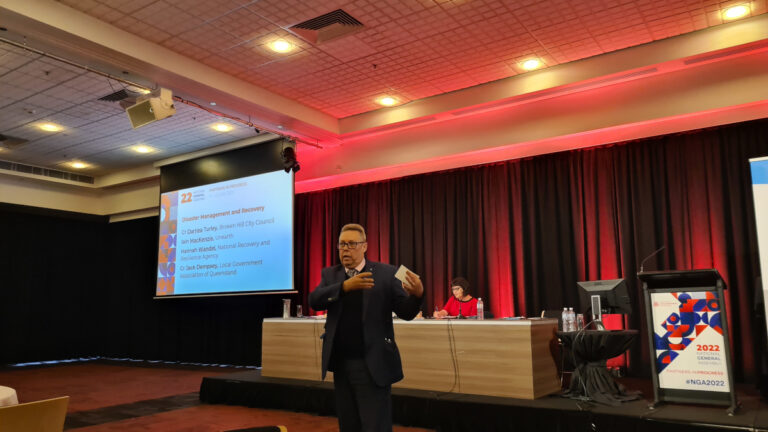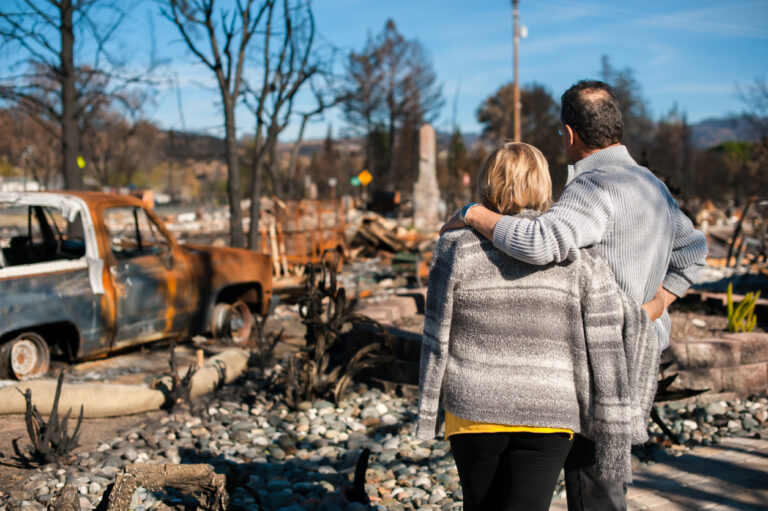4 Myths of Disaster Recovery: Time to Rewrite the Playbook
With all the best of intentions, with all the current planning, for all the policy work, for all the research that’s been done; RECOVERY after every major event is playing CATCH UP to the expectations, perceptions, and rights of the community… WHY?
Why, with all our experience in dealing with the impacts of natural hazards on people and communities, are we still arguing and debating the allocation of recovery funding, the worth to the community, or the eligibility of an impact months and years after an event? Why is the media cycle so predictable? Why are the lawyers some of the first in the community? Why are emotions always strained? WHY? Because our approach, our recovery playbook, hasn’t changed and kept pace with changing politics, policies, technology, or social expectations.
It’s time to challenge the myths of recovery and rewrite the recovery playbook.
1. The Myth of PPRR – Prevention, Preparedness, Response & Recovery
To consider that the onslaught of nature can be overcome by categorizing actions as prevention, preparation, response, or recovery underestimates the complexity of an event. This approach risks compartmentalised thinking and planning that may well disadvantage or perhaps even harm our vulnerable.
Regardless of whether we describe it as linear or crucial, this approach risks leading us back to the same starting point.
Recovery planning should drive all our prevention, preparation, and response considerations as well as our strategic investment decisions.
Instead of simply restoring, repairing, rebuilding, or replacing, it is time to start rethinking.
Mitigation becomes popularist in the wake of an event, but the focus is on protecting what exists rather than questioning what should exist.
We can already use ‘big data’, predictive analytics and a dose of common sense to know what impact events will have on homes, businesses, roads, telecommunications, supply chains, utilities, and people. We know the socio-economic and health profiles of communities, so why aren’t we making greater use of this for before the event?
Why aren’t there a range of co-designed, communicated, tested, and authorised recovery plans already? Plans that match the desired future for that community and its people.
It’s time to reverse our PPRR thinking. Recovery planning needs to come first. It needs to happen under blue skies. It’s time to ensure we make well informed, ethical decisions, provide value for money, and deliver plans for sustainable communities.
2. The Myth of Unprecedented 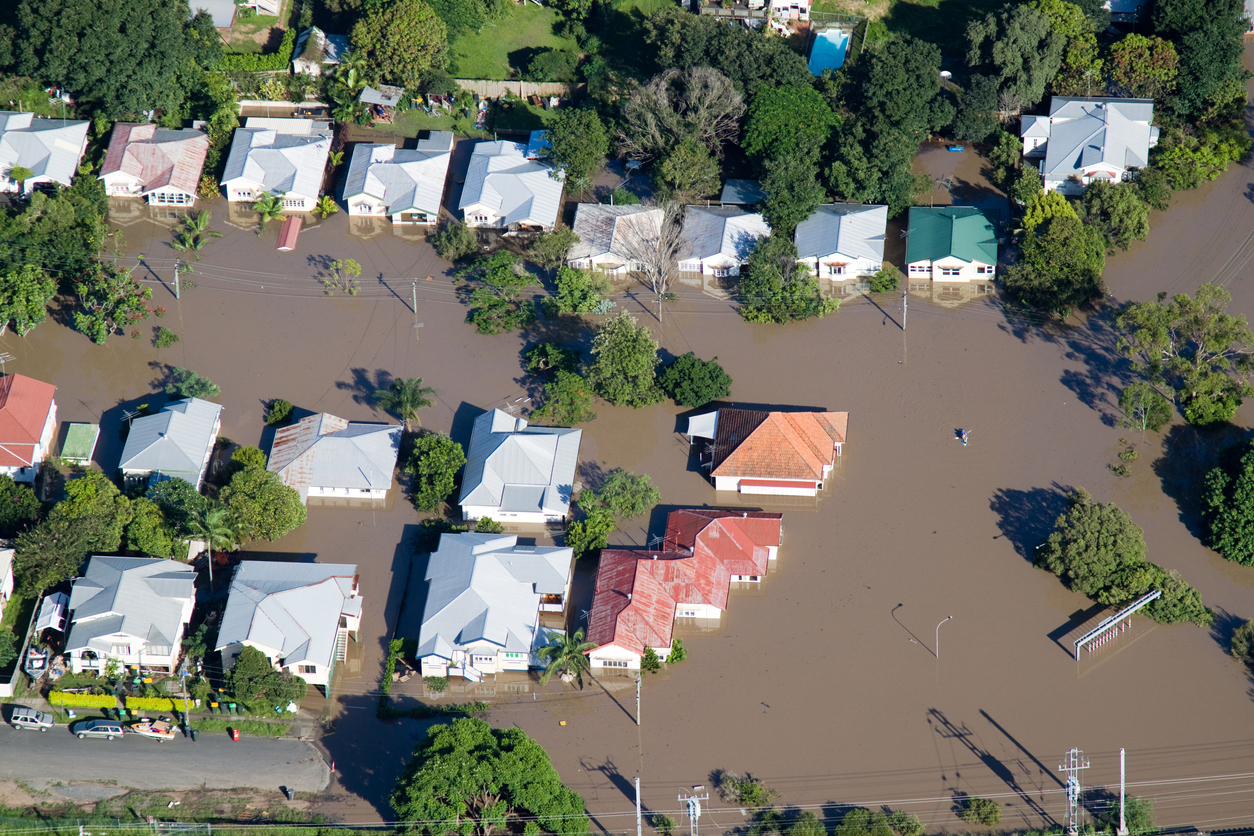
Commentary over the past few years seems to have embraced the notion that “well, it was unprecedented, how could we have been prepared?”
Yet there has been no shortage of commentary on climate change and that we will face increased severe weather events. Greater frequency of cyclones, more intense heat waves, more frequent flooding are just some events predicted, so even the unprecedented should not be unexpected, nor should we be unprepared.
Language like “failures of imagination” are no longer acceptable. Failure to plan for the unprecedented won’t be forgiven. Failing to involve the community will be judged as failing the community.
Consider this, Tropical Cyclone Seroja recently travelled further south than the usual and ‘expected’ cyclone tracks for Western Australia, impacting the town of Kalbari. Travel east from Kalbari to the East Coast and you find yourself in the Southern Moreton Bay Island group between Brisbane and the Gold Coast.
Dare we ask what the state of planning is for changing cyclone construction standards? Are insurance companies incentivising resilience projects to policy holders? What state and commonwealth packages are offered for Gold Coast residents like the North Queensland resilience package? What are critical infrastructure owners doing here to ensure continuity of service? Who are Local Disaster Management Groups engaging and partnering with to ensure supply chains remain viable?
3. The Myth of Pillars of Recovery
Across the country there is a fairly common understanding of the “pillars of recovery” that need to be addressed. These are not universal or standardised but at least similar.
In many jurisdictions these ‘pillars’ drive committee structures, reporting frameworks, data collection and recovery planning. This approach risks a failure to realise that none of these ‘pillars’ operate independently within a community so nor should we.
Although we need to report on the details, it’s not about how many roofs are damaged, or windows broken or water over floorboards… it’s about people.
It’s not about houses…it’s about homes…
It’s not about business premises, it’s about jobs…
It’s not about electricity, water, roads, or sewage… it’s about liveability!
It’s about consequences, not impacts.
These ‘pillars’ are actually dimensions of a complex system called society. At the centre of this system are people, people with human, social and cultural needs, wants and biases.
We need to recognise that there is not a single decision we can take in any of these dimensions that does not impact on people in some way, shape or form.
We need to make sure decisions are evidence based, governance arrangements are known, and that the “right” investment decisions are made for the good of the community and its people.
 4. The Myth of Community Led
4. The Myth of Community Led
There is an increasing acceptance of the need for community engagement through the recovery process, however the notion of participative governance is much less accepted.
The leadership, decision making, prioritisation, financial control, messaging, and reporting is typically Government controlled.
There are often conflicts between levels of Government and a lack of transparency for those “being served”.
We only have to look at newspapers or watch question time in any of our parliaments to witness this.
The reality is that all communities are different. Each have their own and unique capability and capacity to provide the necessary leadership. However, they all have expectations and perceptions, and they all deserve a say in the future of their community.
The worst dis-service we can pay to them is to treat them all equally. Truly understanding a community though is not achieved through brief community engagements, simply forming local recovery committees or providing cash grants.
The effort needed to know a community must be spent before an event, using all data available to tailor, share and educate on approaches that will be followed. The approach to recovery should not be a surprise.
Is it easy? No. Is it worth it? Absolutely.
The New Play Book
We know that Recovery is more than Restore, Repair, Replace and Rebuild.
The one size fits all approach has run its course, it was convenient and allowed for generalisations and simplified the bureaucrats and dare I say, the politician’s life. It no longer satisfies societal demands; the future is harder to satisfy but we need to use everything at our disposal to meet the needs and wants of those we serve.
We know the hazards, we know the risks, we know the likely impacts, we know our communities, their strengths, their wants and needs, we know the leaders, the community groups, the corporations, and we know the VULNERABILITIES. We can plan to manage the consequences rather than the impacts.
We need to facilitate plans that are locally focused, supported and driven.
We need to ensure communities are “FUTURE READY”, to:
- be able to deal with the true consequences
- have plans prepared that go beyond damage and physical impacts
- be able to grow beyond duplicating the past
Do you know your community?
Do you know what future you want for your community?
Will your recovery plan repeat the past or deliver a better future?
If you are interested in finding out more on leading your community to be future ready, then feel free to reach out.
If you have found value in what we have shared, feel free to check out other blogs by the Unearth team and subscribe to our Newsletter. And if interested in the book ‘Risk Starts and Ends with People’ recently released then feel free to reach out to learn more or share your thoughts on the blog or any information we have provided, we would welcome hearing from you through hello@unearth.com.au
